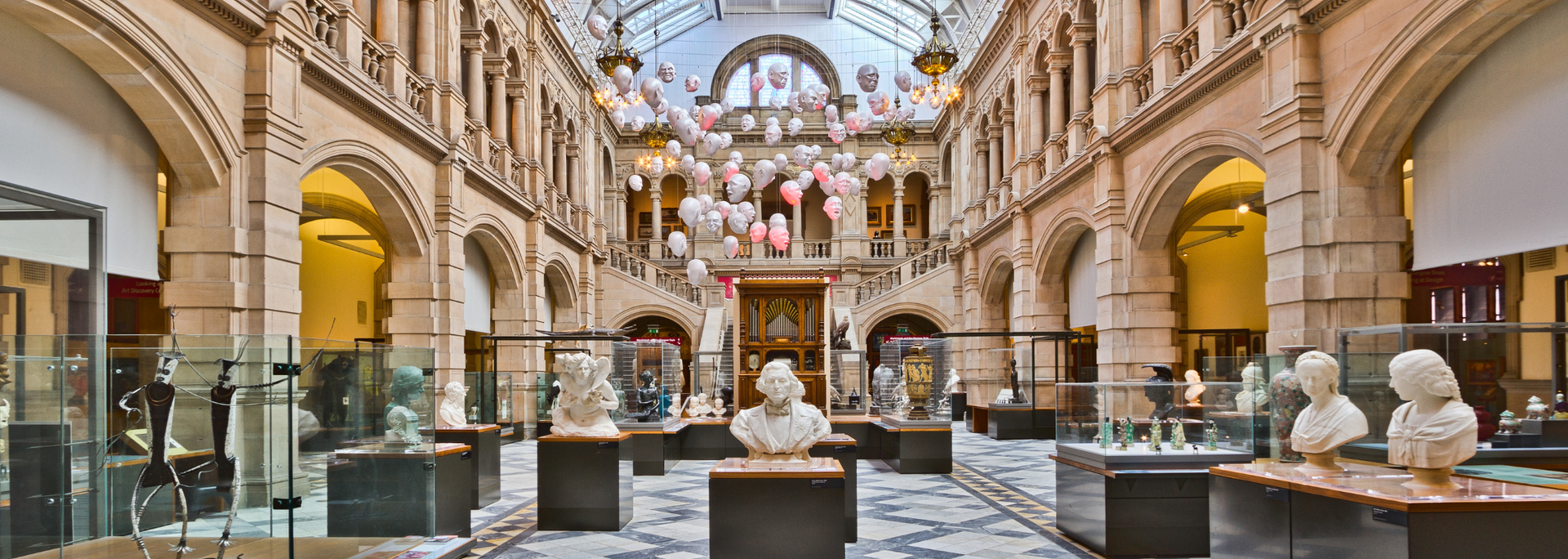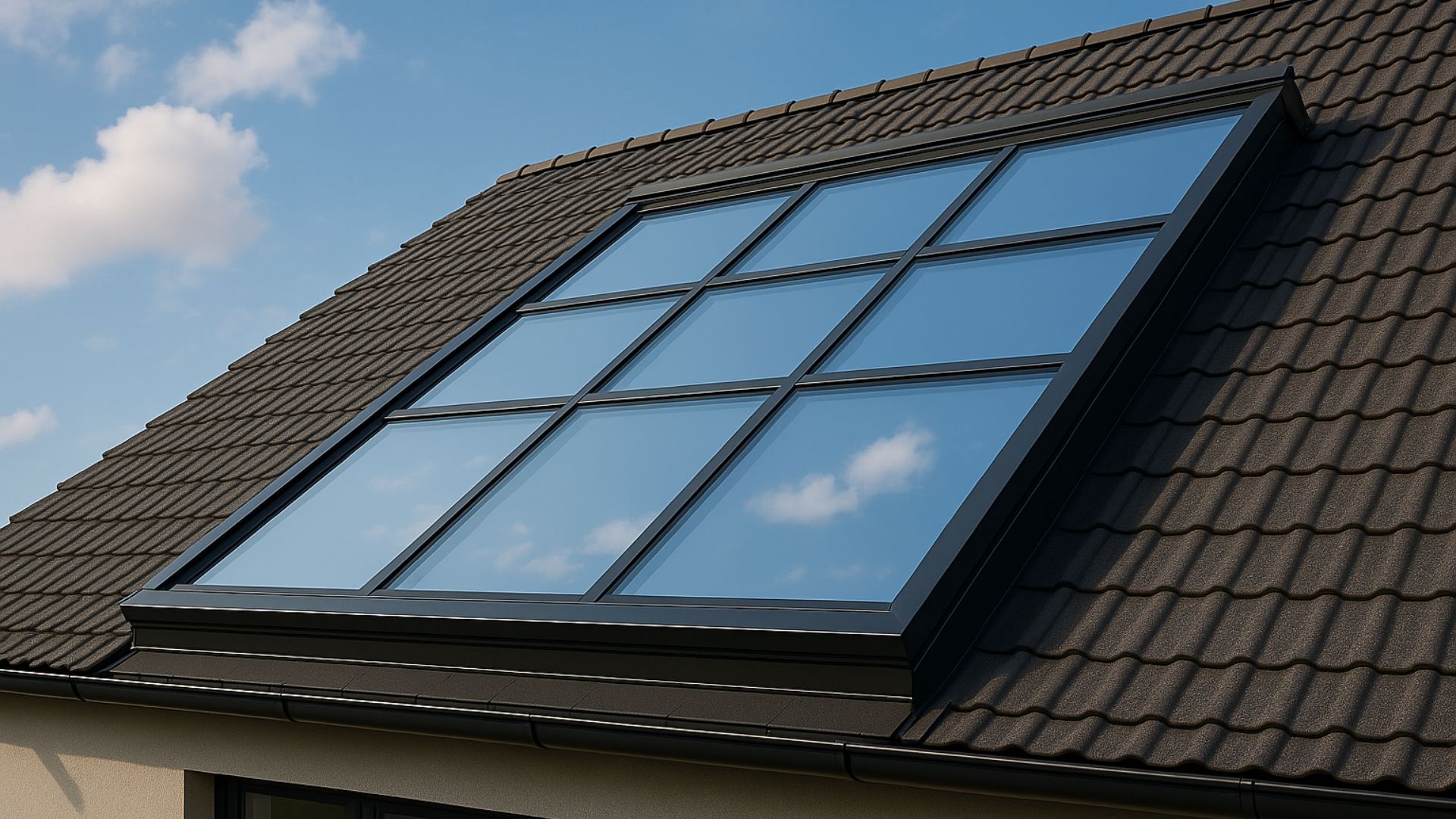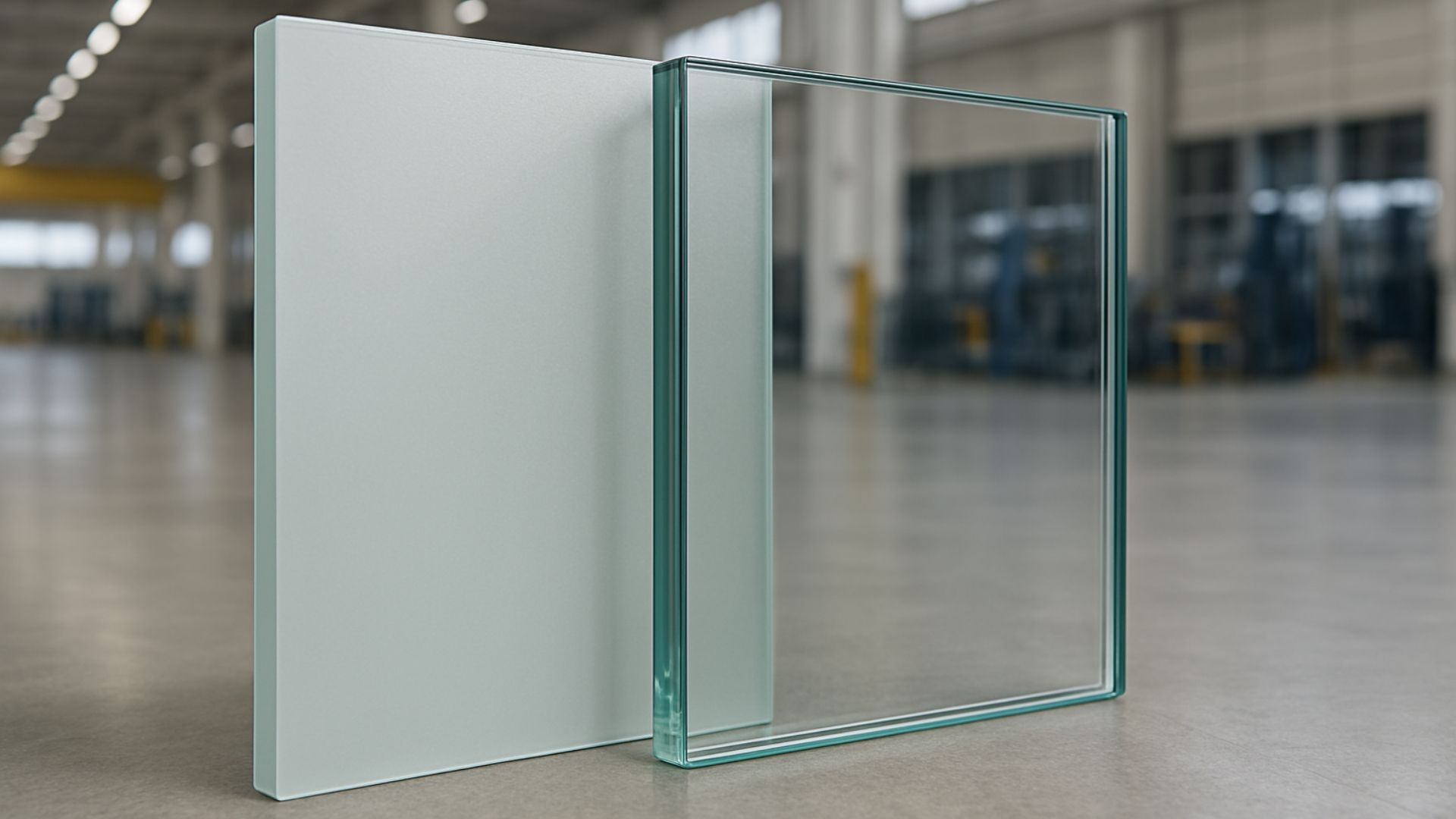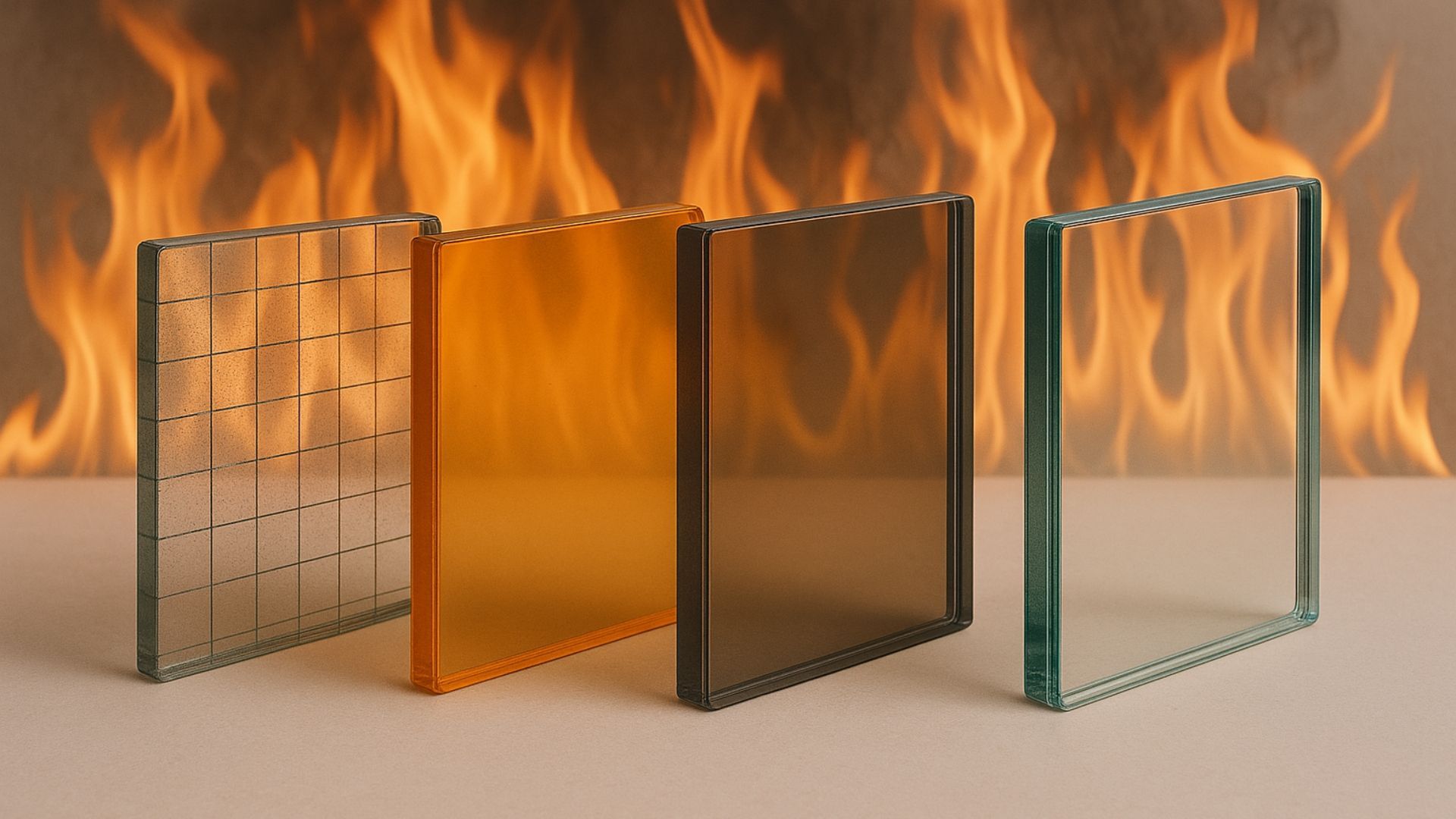Glass for art installations: a guide for artists and installers
Share this blog:
What kinds of glass can be used in art exhibitions? Learn your options in our guide for artists and installers.

Art installations are all about the details. Everything from the font to the layout, from your choice of materials to your choice of audio can play a role in telling your visitors a story.
Different exhibitions call for different materials. But often, galleries can achieve great aesthetic effects from glass, whether in the form of display cases, picture frames, information labels or marketing materials.
However, "glass" is only an umbrella term. It covers a range of materials with different properties and different applications. If you're new to the world of art installation, the choices can be confusing.
That's why we've put together this guide to the types of glass artists and installers can use in their installations. We hope it helps you design an unforgettable installation.
Display cases
Many artists and installers use display cases to showcase artworks. These can be free-standing, wall-mounted or placed on top of a pedestal.
The primary purpose of these cases is, of course, to display the artworks inside. For this reason, some people believe that clarity is the primary or only concern. So long as visitors can see what's inside clearly, any material will do.
But display cases need to be strong and secure as well as transparent. There are two reasons for this. First, any knocks or bumps could lead to the contents being damaged. And secondly, the art inside the cabinet needs to be as tough as possible for thieves or vandals to get at.
For this reason, many galleries use
toughened glass, also known as "tempered glass". This is a type of safety glass that's built to resist wear and tear and be difficult to break. It's up to four times tougher than standard annealed glass.
Unlike many other materials, it's also low-maintenance. This is a benefit many galleries will appreciate, especially in larger spaces.
It's ideal for display cases in rooms with passing traffic, significantly reducing the chance of damage to the case or its contents.

Some galleries opt for a type of dense plastic called acrylic. This has its advantages. It's lightweight, clear and cheaper than toughened glass.
However, it has some drawbacks that make it a less reliable option than toughened glass. It's the most flammable of synthetic materials on the market. It tends to turn cloudy over time. And it needs specialist cleaning products that can't be used on the rest of the displays and artworks.
Investing in acrylic display cases could save you money in the short term. But in the long term, it can put your artworks at risk and soak up more time on maintenance.
For these reasons, we believe toughened glass is the way to go.
Glass for picture frames
When hanging a picture, clarity is essential. But both the backing and the cover of the picture frame need to be durable to protect your artwork from damage.
As with display cases, the choice is typically between plastic and glass.
Museum glass, also known as "conservation glass", is often used to give a professional look to pictures. It can withstand scratches better than acrylic. You should, however, keep in mind that it tends to be heavier. The size of your picture will affect your choice of material.
This glass is not toughened, meaning it can shatter. This is one reason why many galleries put cords or other barriers between viewers and pictures.
Framed art isn't only vulnerable to knocks and bashes, though. It can also fade over time when exposed to UV radiation. This is created by both sunlight and electric light, so it's a consideration installers should keep in mind.
All glass blocks UV radiation, but only up to a point. For this reason, it can be a good idea to invest in glass that has a special UV-protective coating.
This will lengthen the life of your picture whilst giving you the other advantages of glass picture frames.
Glass for labels
[IMAGE: a (glass?) wall label in an art gallery]
For many gallery visitors, wall labels are essential to the viewing experience. By providing information about the artwork, they can enhance visitors' enjoyment and appreciation of it.
These labels are sometimes dry transfers or decals. They're sometimes made from heavy paper or card. But if you want a touch of class, glass can be a great choice.
These days, glass can be printed with high-quality text and images. Options include
sandblasting, etching and
digital printing. Digital glass printing technology, in particular, has reached a point where clarity can be photorealistic.
It's far from a budget option. But if it's within your means, glass information labels can add elegance to your exhibition.
Smart glass
Smart glass is a relatively new innovation in the world of glass fabrication. It's a type of glass that can be changed from transparent to opaque at the click of a button.
Often used for privacy on demand in office environments and luxury apartments, it also has potential for art installations.
You could use smart glass to create an interactive display. You could use it as an eye-catching background for marketing or information. You could even use it as part of the artwork itself.
At ToughGlaze, we have our own range of smart glass,
TG SWITCH. Like all our products, it's highly durable and strong. It could be just what your installation is lacking.
What is toughened glass?
Toughened glass, sometimes known as tempered glass, is a type of safety glass. It's created by heating the glass at a high temperature before rapidly cooling it.
This realigns the molecules so that when the glass breaks, it doesn't split into harmful shards. Instead, it breaks into smooth, relatively harmless smithereens.
In the art world, its durability makes it ideal for protecting visitors and artworks alike. It's also much easier to clean up than standard annealed glass in the event of a breakage.
Looking for high-quality
display unit glass? Don't hesitate to
get in touch with ToughGlaze for a quick, competitive quote.









